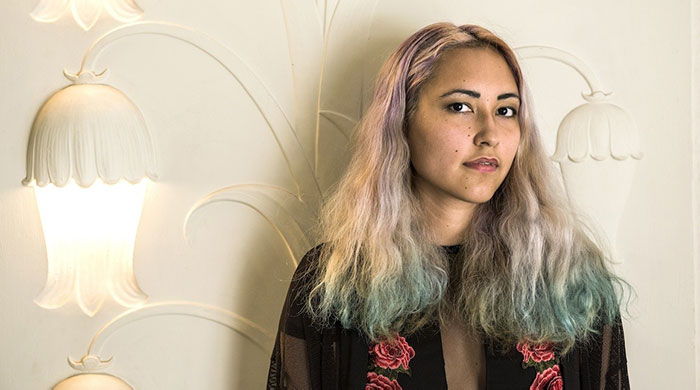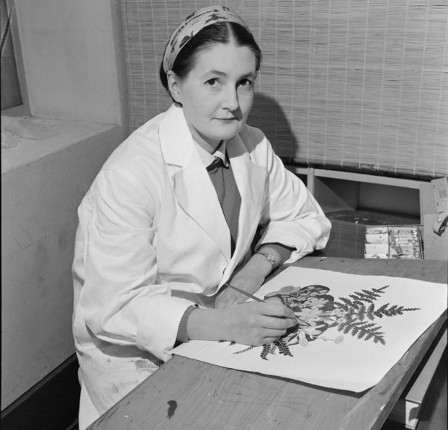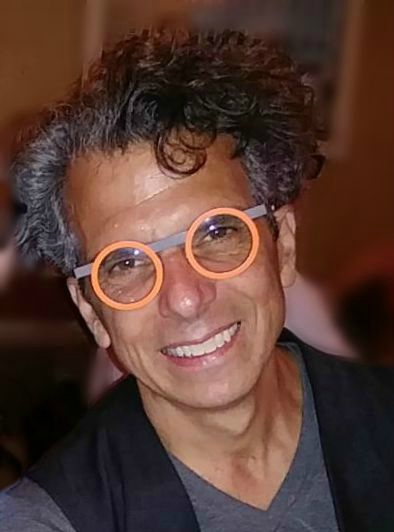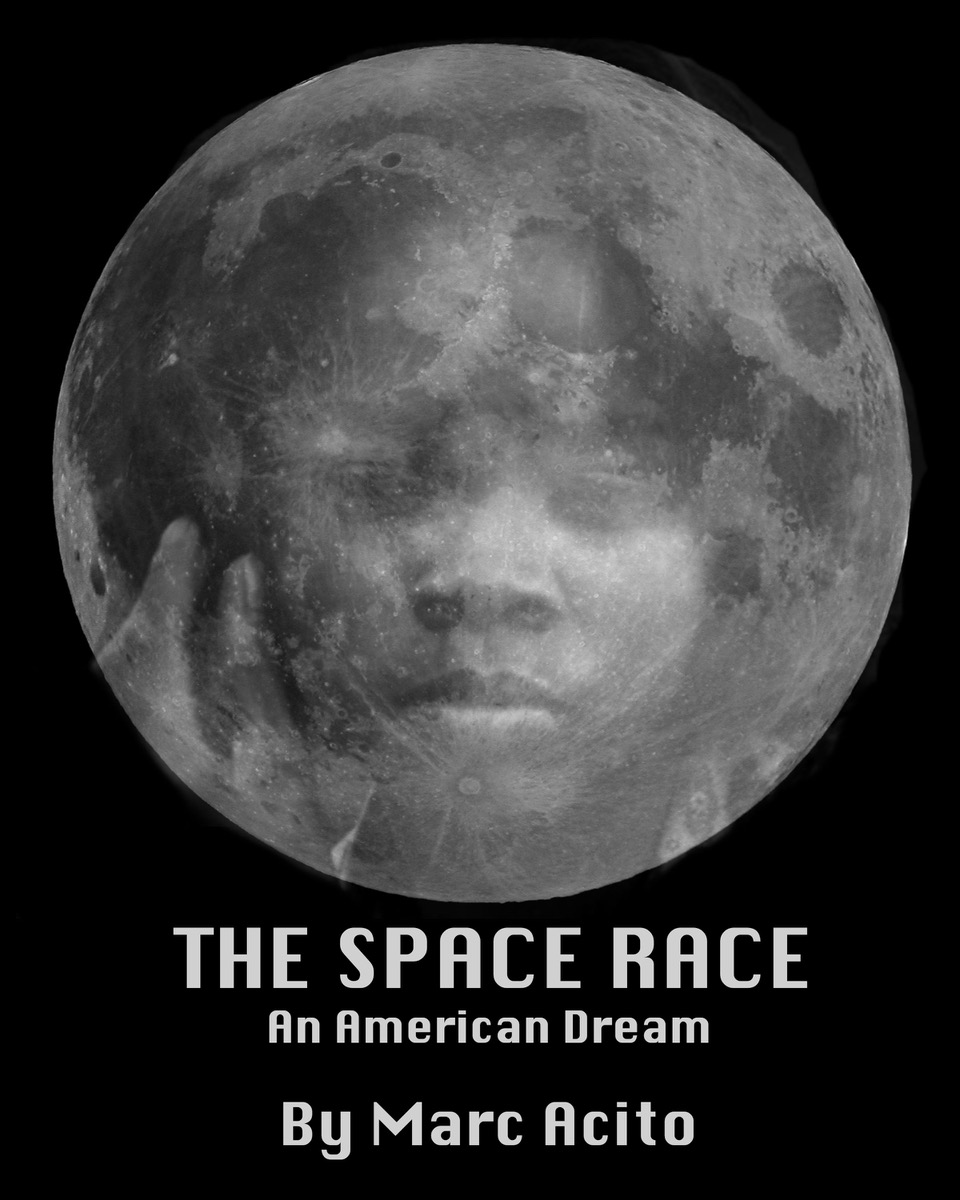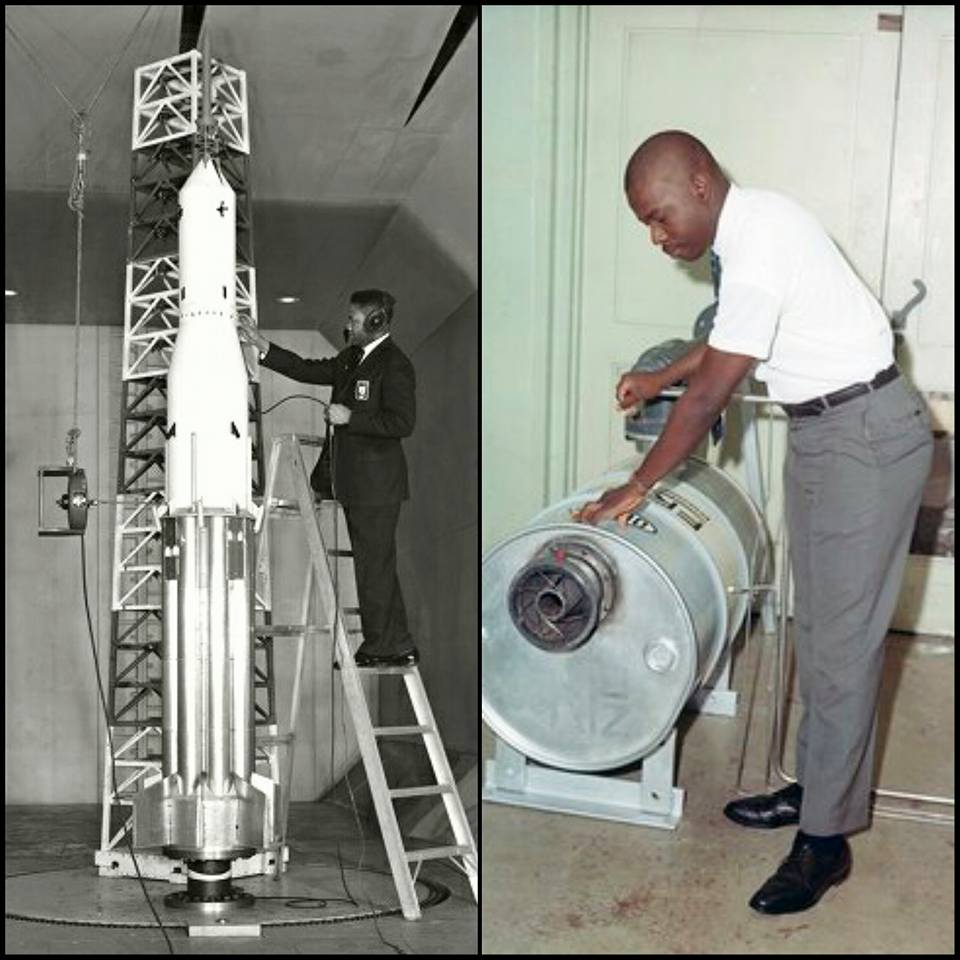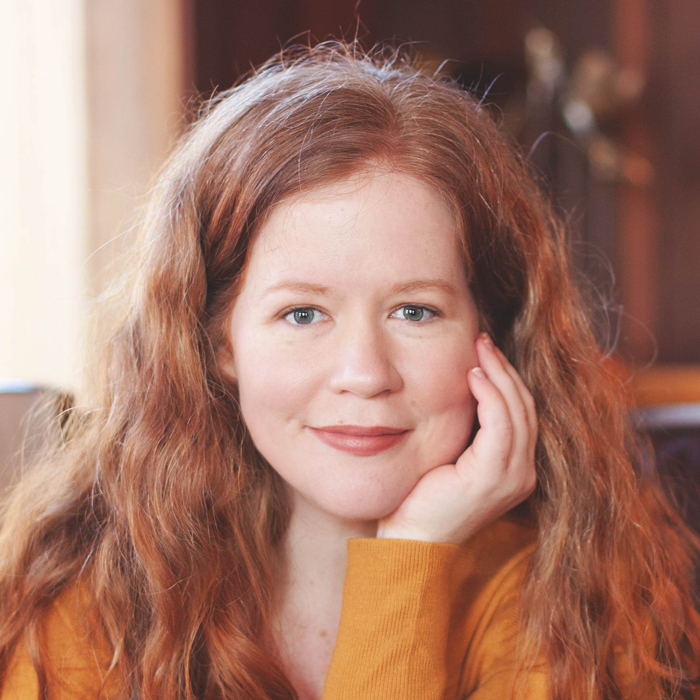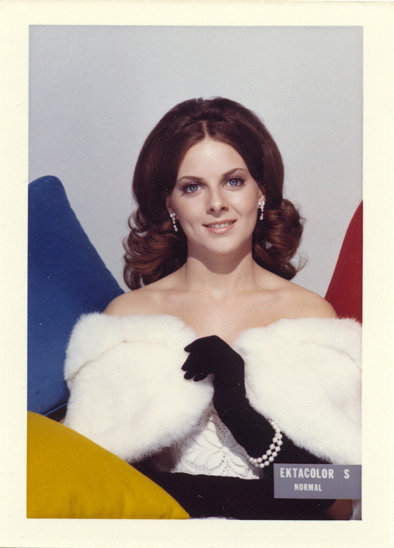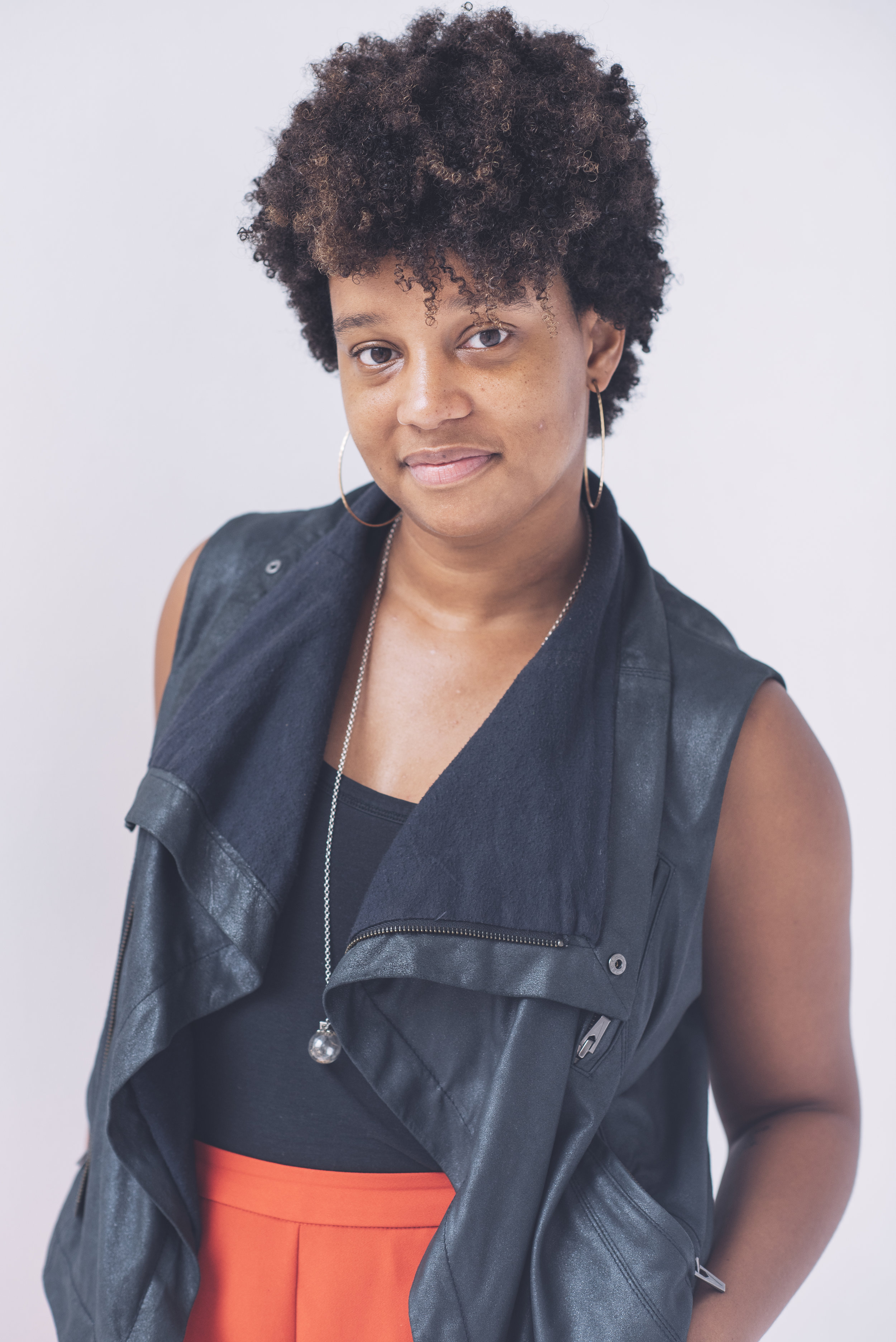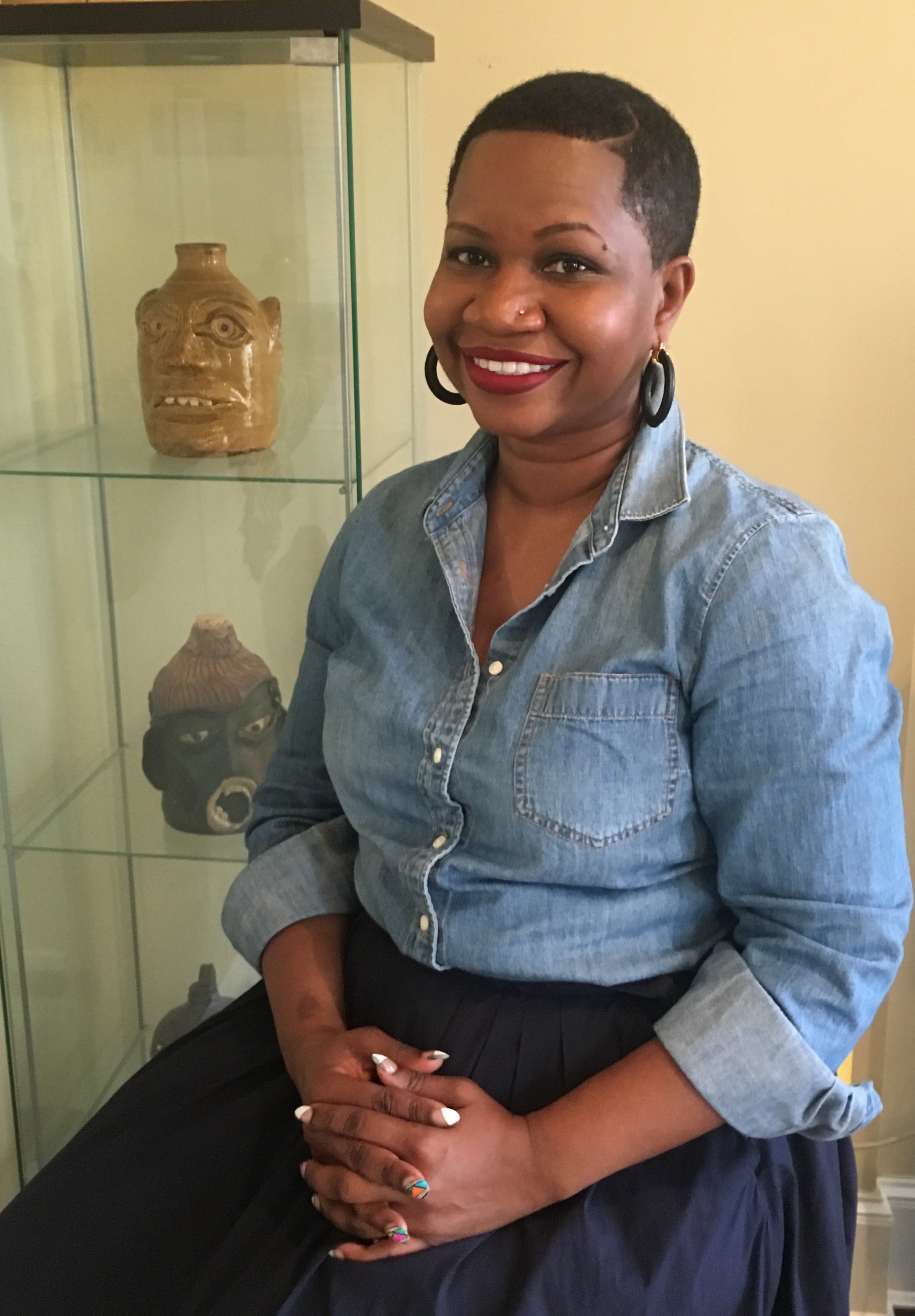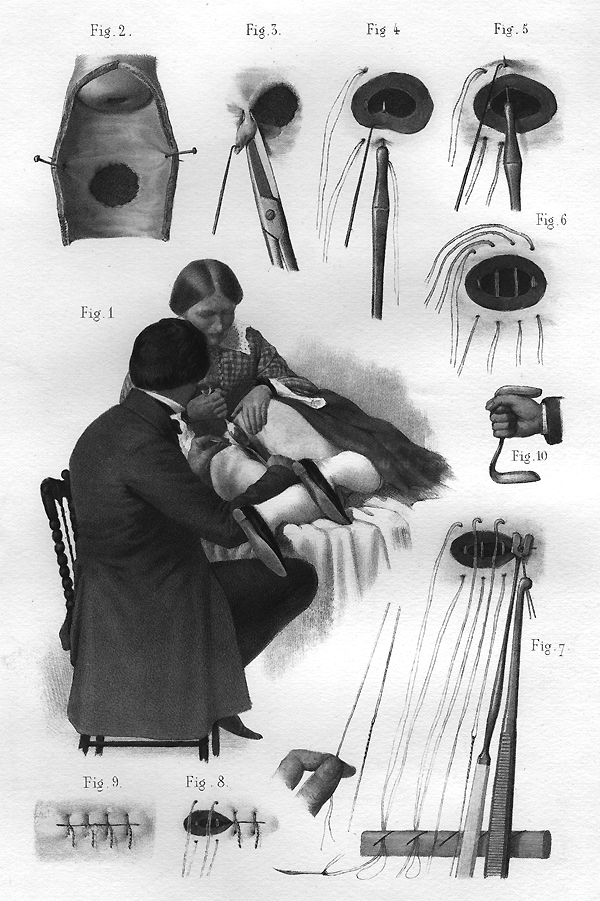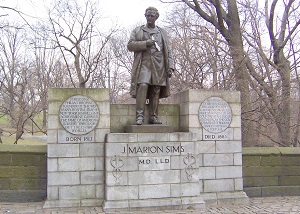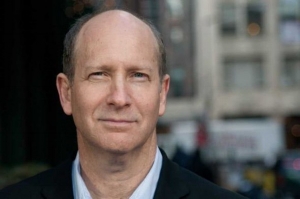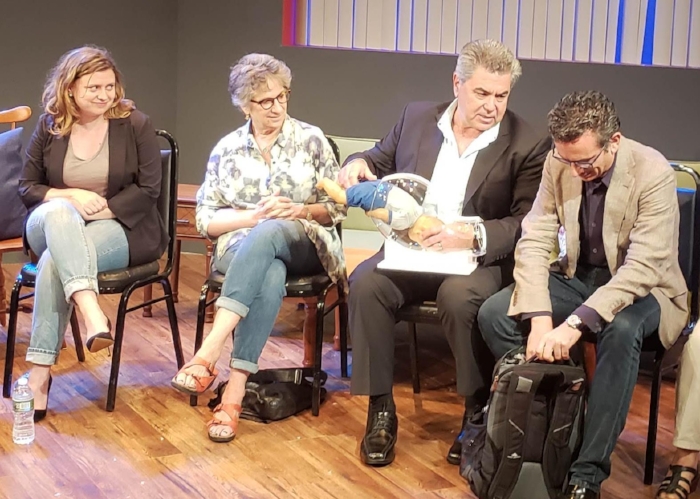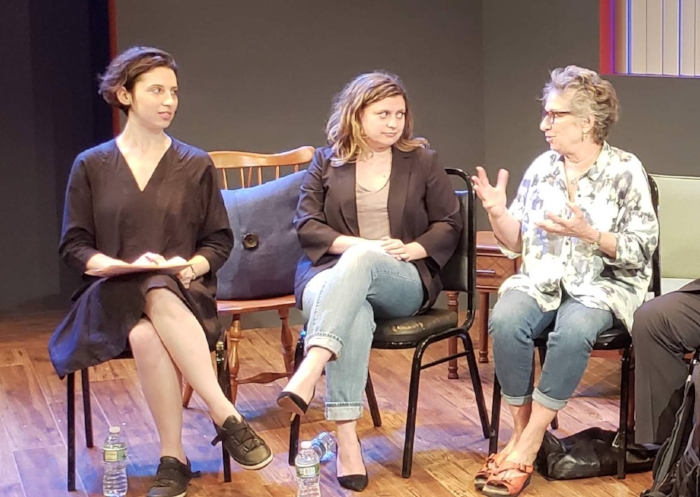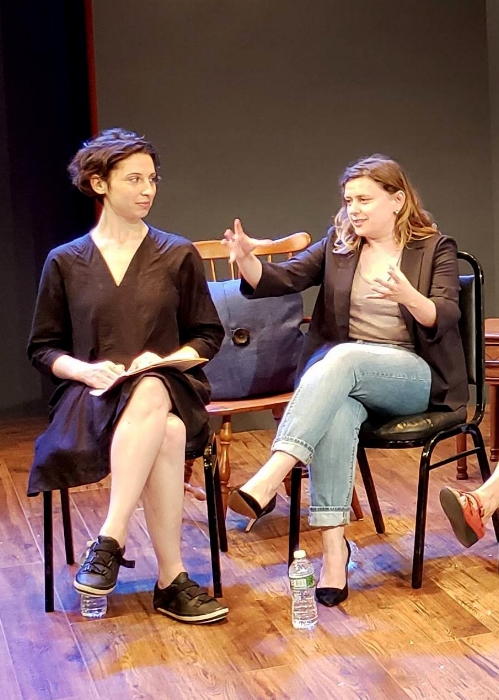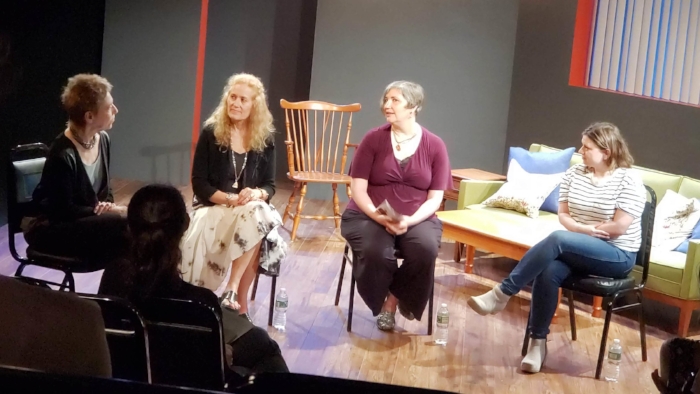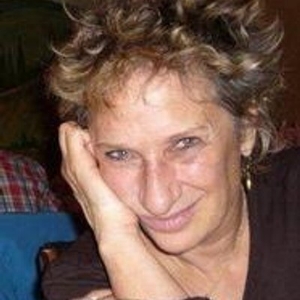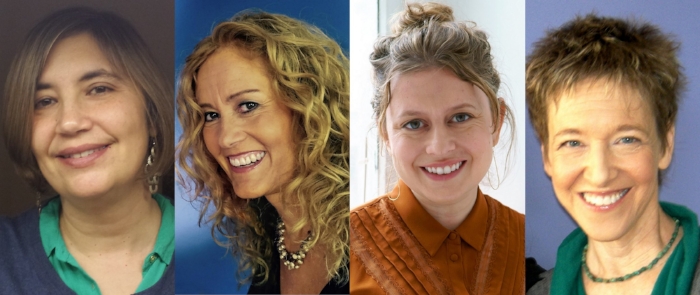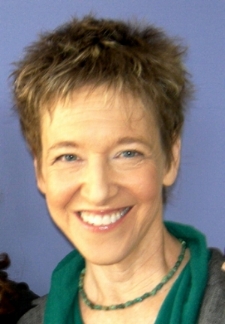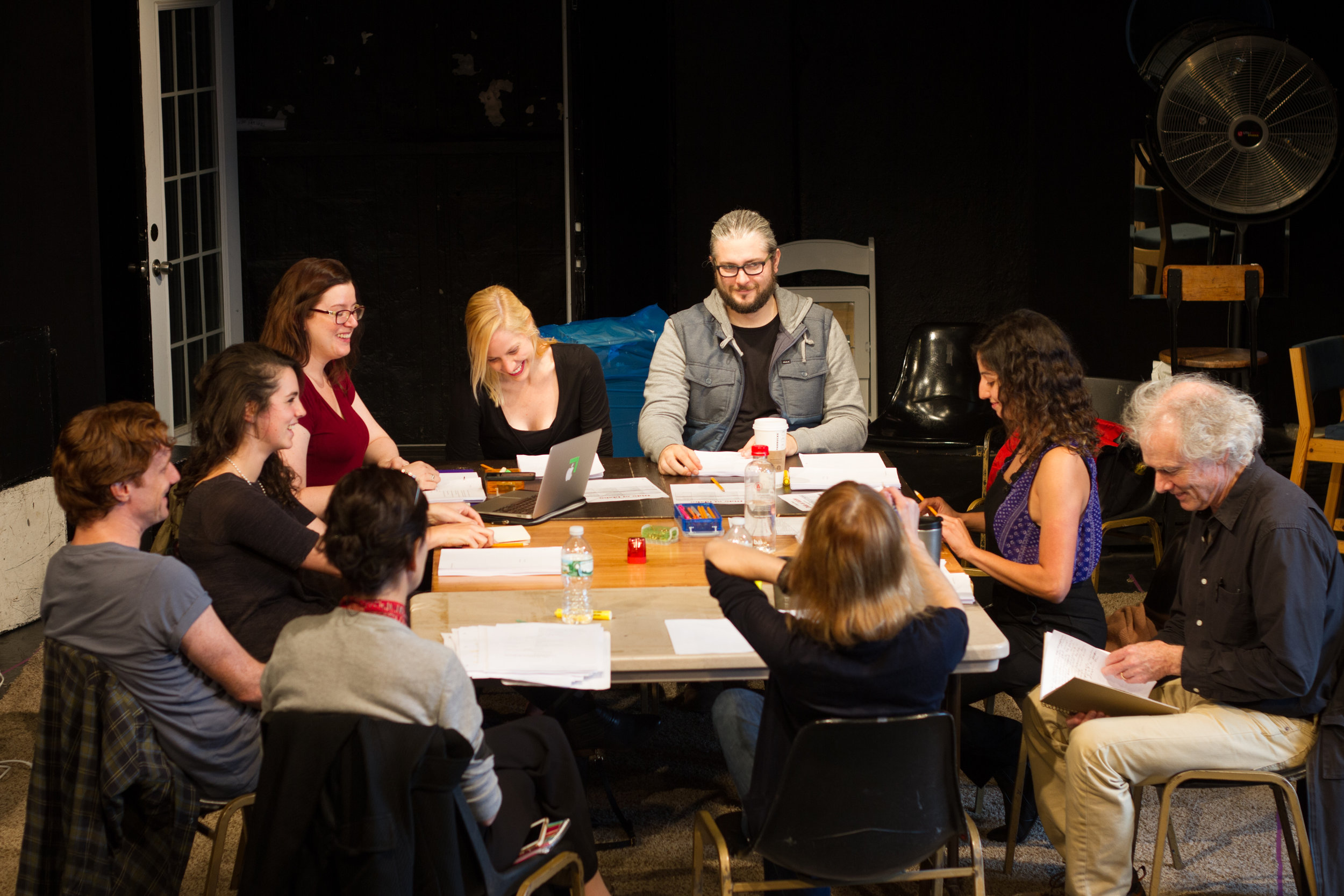This weekend, on February 15 and 16, the EST/Sloan First Light Festival will feature two workshop performances of GOLDEN SHIELD, Anchuli Felicia King’s head-spinning, globe-spanning drama about the ethics of working for repressive regimes, the entanglements of language, the risks of legal showdowns, and the brittleness of family ties. Beginning in 2006, the play dramatizes the efforts of two Chinese-American sisters to sue an American technology giant for helping China build its Internet firewall – part of its Golden Shield Project – in a way that enables the government to identify and crack down on dissidents. But let’s have the playwright tell us more.
(Interview by Rich Kelley)
What inspired you to write GOLDEN SHIELD?
As a playwright, I have an ongoing obsession with the intersection of globalism and technology, and I'm always looking for potent metaphors for that intersection. Most of my plays start with me reading something in the news or hearing about an event that piques my interest, which is how GOLDEN SHIELD started. I can't really remember the first piece of journalism I read about the Yahoo or Cisco cases but I discovered them in early 2016 and instantly started researching them, without fully knowing what form that research was going to take.
Your play is chockablock with technical terms from software and network development to legal precedents and procedures. What kind of research did you do??
My first port of call is always to just research a ton on my own. I read public documentation on the litigation the play's based on, I read additional transcripts from civil trials, I read theses on the structure of the firewall in China, I did lots of research on different kinds of digital filtering. Basically once I feel I've done my due diligence (which is usually a couple months of research), I throw it all out and try to write a compelling piece of drama. But I'm also very lucky that my friends and family are international lawyers and software engineers for massive companies, so I can float drafts by them as I'm writing to keep checking back in about whether things sound accurate.
Your play calls for several actors to speak Mandarin with the Translator simultaneously translating what they say into English. Why is this important to you? How did you become fluent in Chinese?
I'm absolutely not fluent in Mandarin! I studied Mandarin for around a decade but quickly lost proficiency at it when I went to college, so now I'd say it's conversational Mandarin at best. This means that the Mandarin in this draft has been a real process of collaborating with different translators and native Mandarin speaking actors. Actually, it's been fascinating because every time we've workshopped this play, we keep discovering little regionalisms that affect our Mandarin text – the difference between Taiwanese and Mainland Chinese idioms, for example.
The play concerns litigation in Texas by an American human rights lawyer suing an American software developer on behalf of mainland Chinese dissidents because the company helped the Chinese government build its Internet firewall in a way that allowed them to identify domestic subversives. The story reminds me of two cases that the World Organization for Human Rights brought in the United States, one against Yahoo, the other against Cisco, both accusing the companies of helping the Chinese government identify subversive Chinese. How much of your play mirrors actual cases and how much is your own invention?
The play mirrors some of the details of the actual cases brought against Cisco and Yahoo and the claims of their plaintiffs, particularly their legal grounds and precedent. But I wanted to heavily fictionalize it – for the simple reason that I wanted to create more moral ambiguity. The biggest departure from reality is what OSCIS actually does for the CCP, and the fact that Marshall single-handedly invents the multi-tiered firewall in China, which is actually a process of refinement that the Chinese government has been engaged in for decades.
Much of the drama – and humor – in the play concerns the friction between the two Asian-American sisters, one a lawyer, the other a translator. I understand you have an identical twin sister who happens to be a human rights lawyer. How well do you get along? How did your relationship with her inform the writing of GOLDEN SHIELD?
I have to clarify that my sister is not a human rights lawyer! Tash is an international trade lawyer. She works at the World Trade Organization in Geneva. But she's deeply invested in humanitarian issues (she worked with Muslim Advocates and Lawyers without Borders) and how you can arbitrate them through international commercial mechanisms. The relationship of the sisters in this play is actually the polar opposite of our relationship! With Julie and Eva, I wanted to find a useful mechanism to talk about inherited cultural trauma, through two characters who are grappling with their liminal status as Chinese-Americans.
You have created a character, The Translator, who is very much the fulcrum of the play. A rich theme in the play is the difficulty of translating between languages, in this case, between Chinese and English, especially when comparable expressions don’t exist. You show this not only in the exchanges between the lawyer and the dissident but also between the American software executive and the Chinese government official. Do the problems the play confronts originate in different cultures not being able to understand and communicate with each other?
For me, the play is really about our failures to communicate effectively on all fronts – not only between different languages and cultures, but between technologies, judicial systems, family members, lovers. This is why the Translator not only translates literal text but also subtext and context, to reveal the total sum of semiotic misfires that can happen when two parties try to bridge a communicative chasm. I really hope that what people take away from the play is that the attempt to translate, as fraught as it is, is what really counts – that as multivalent and impossible as communication is, we have to keep trying because it's the best mechanism we have.
Subsequent to this first public reading of GOLDEN SHIELD this week, there will be a full production of the play at the Melbourne Theatre Company this summer. How do you envision the EST public reading affecting the production later this year?
Hugely! The draft that comes out of the EST reading is the draft I'm about to take to Australia to workshop for the production. The EST workshop is an invaluable part of getting this play primed for production – getting to dive into the characters in more detail, refine the translation and the mechanics of the play.
Have you written other plays on a scientific or technological subject? What tips do you have for playwrights attempting to write such a play?
Basically, all my plays are on technological subjects! My advice would be to acknowledge the complexity of the issue but don't feel beholden to it. I find my first drafts are always stuffed with research but that I end up throwing that out and searching for more useful figurative devices. The best way to unpack the complexity of a given technology is to map it onto the complexity of human beings.
What’s next for Anchuli Felicia King?
White Pearl opens at the Royal Court Theatre in London on May 10 and runs through June 15
Golden Shield will get its world premiere at the Melbourne Theatre Company on August 12 and run through September 14.
Slaughterhouse will be produced as part of the 25A Downstairs Series at the Belvoir Theatre Company in Sydney from October 16 to November 2
White Pearl will receive a production in Sydney as a co-production of the Sydney Theatre Company and Riverside’s National Theatre of Parramatta from October 24 to November 9.
The 2019 EST/Sloan First Light Festival runs from January 28 through March 1 and features readings and workshop productions of ten new plays. The climax of every EST/Sloan season is the annual Mainstage Production, which this year was the world premiere of BEHIND THE SHEET by Charly Evon Simpson. Directed by Colette Robert, BEHIND THE SHEET confronts the history of a great medical breakthrough by telling the forgotten story of a community of enslaved black women who involuntarily enabled the discovery. Previews began January 9 and the show runs through March 10. Tickets can be purchased here. The First Light Festival is made possible through the alliance between The Ensemble Studio Theatre and The Alfred P. Sloan Foundation, now in its twentieth year.


